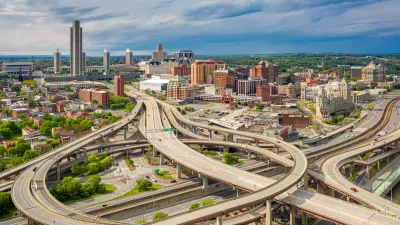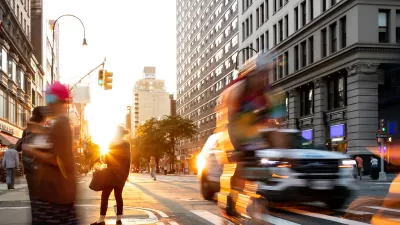This Union of Concerned Scientists study examines why and how to improve resource-efficient travel options to achieve diverse goals. It estimates that more efficient transport could save up to $201 billion in energy and $128 billion in health costs.
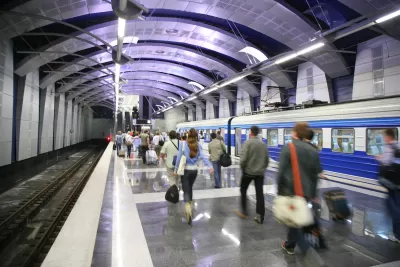
The new Union of Concerned Scientists study, Freedom to Move: Investing in Transportation Choices for a Clean, Prosperous, and Just Future, shows that a transportation system that gives everyone more transportation choices will be more equitable, save trillions of dollars, and fight climate change. More transportation options such as transit, walking and biking are good for the environment, economy, and social equity.
It finds that:
-
A system with improved transportation options and reduced driving could save up to $201 billion in energy infrastructure and $128 billion in public health costs through 2050, presenting a more effective climate solution than the current car-dependent model.
-
The auto and oil industries have a vested interest in car dependence, currently receiving more than 75 percent of public and private transportation spending and have lobbied for decades to prioritize cars over a more complete and affordable set of transportation options.
-
Science-based policies that prioritize more transportation choices align with community-based solutions where local advocates have long fought for a transportation system that prioritizes people over industry interests.
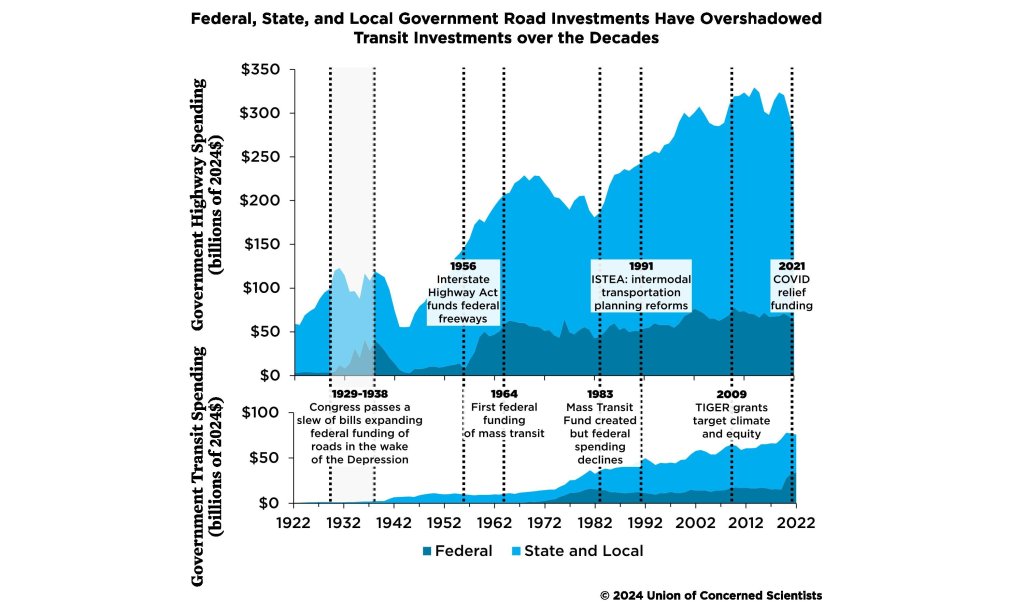
Recommendations
-
Invest in a complete set of transportation options for a system that offers abundant access to everywhere we need to go and promotes economically thriving communities in both urban and rural areas. This means investing in networks of safe sidewalks for pedestrians, paths for biking and micromobility, and frequent, wide-ranging, affordable, and clean public transportation. These efforts depend on promoting land use changes that allow people to live near high-quality transit without displacement, dismantling structural racism in community safety, and ensuring good jobs with high labor standards.
-
Prioritize transportation projects in rational ways, including the extent to which they help achieve climate goals, reduce harm to communities experiencing the greatest impacts, and improve access for those who need it the most. This will necessarily mean meeting more rigorous standards for expensive, high-polluting highway expansion projects that commit us to high maintenance costs. Instead, we must first address the backlog of existing infrastructure maintenance. Also, state departments of transportation and metropolitan planning organizations must be accountable and transparent in their decisionmaking on what gets built.
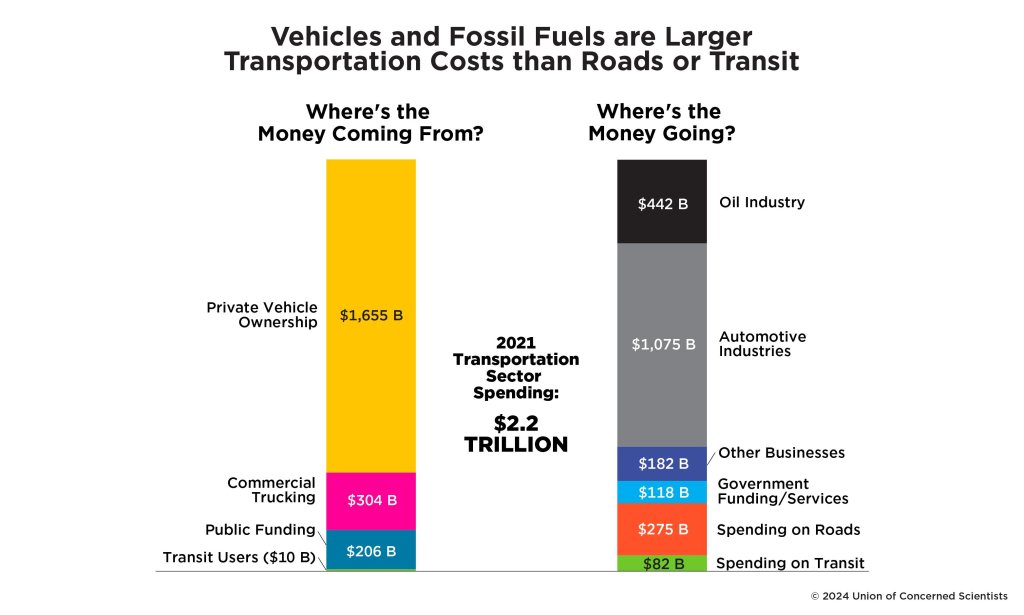
-
Make transportation decision-making processes representative, and meaningfully engage the people and communities most affected by proposed projects. For decades, the auto, fossil fuel, and road-building industries have profited from excessive highway expansion and denied us choice in transportation. All of us, whether Black, brown, or White, whether US-born or immigrant, deserve to have a seat at the table to ensure transportation projects truly benefit our communities.
FULL STORY: Freedom to Move

Maui's Vacation Rental Debate Turns Ugly
Verbal attacks, misinformation campaigns and fistfights plague a high-stakes debate to convert thousands of vacation rentals into long-term housing.

Planetizen Federal Action Tracker
A weekly monitor of how Trump’s orders and actions are impacting planners and planning in America.

In Urban Planning, AI Prompting Could be the New Design Thinking
Creativity has long been key to great urban design. What if we see AI as our new creative partner?

King County Supportive Housing Program Offers Hope for Unhoused Residents
The county is taking a ‘Housing First’ approach that prioritizes getting people into housing, then offering wraparound supportive services.

Researchers Use AI to Get Clearer Picture of US Housing
Analysts are using artificial intelligence to supercharge their research by allowing them to comb through data faster. Though these AI tools can be error prone, they save time and housing researchers are optimistic about the future.

Making Shared Micromobility More Inclusive
Cities and shared mobility system operators can do more to include people with disabilities in planning and operations, per a new report.
Urban Design for Planners 1: Software Tools
This six-course series explores essential urban design concepts using open source software and equips planners with the tools they need to participate fully in the urban design process.
Planning for Universal Design
Learn the tools for implementing Universal Design in planning regulations.
planning NEXT
Appalachian Highlands Housing Partners
Mpact (founded as Rail~Volution)
City of Camden Redevelopment Agency
City of Astoria
City of Portland
City of Laramie


























